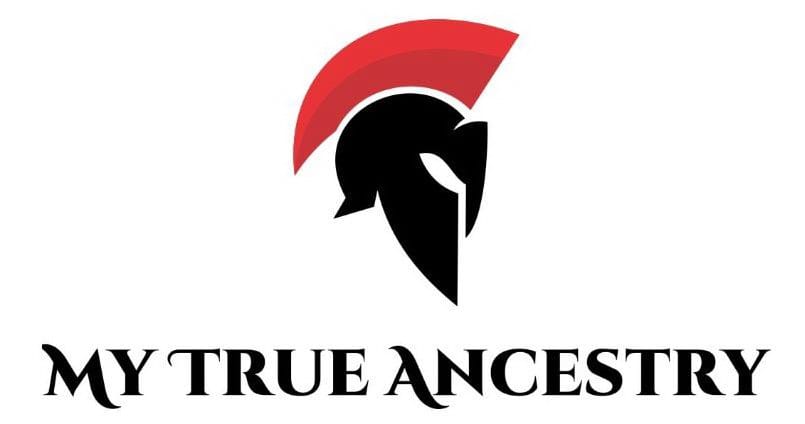The Story of One of Europe's Last Neanderthals




The research reveals an enlightening archaeological and genetic discovery of one of the last Neanderthals in Europe, unearthed from the limestone depths of Grotte Mandrin in the scenic Rhône River Valley, France. This ancient individual, fondly christened as "Thorin," brings a unique story, providing astonishing insights into the genetic and social structures of the elusive Neanderthals. The site represents a vibrant tapestry of the past, weaving together the lives of extinct populations and early modern humans who temporarily resided in this sheltered haven overlooking the valley.
The Grotte Mandrin site, rich with history and artifacts, narrates a tale spanning thousands of years found in its twelve main sedimentary layers. Thorin's remains were uncovered within level B2, dating back some 50,000 years, amidst a vast collection of Neanderthal technocultural relics and well-preserved fauna remains. The site holds a treasure trove of nearly 60,000 lithic pieces and 70,000 faunal remnants, echoing the technological traditions of a bygone Neanderthal era. These layers date back to periods between 65,000 and 42,000 years ago, revealing varied Neanderthal technological traditions including fireplaces and other hominin remains that allow scientists to conjecture about the cultural and spiritual lives of these prehistoric people.
The discovered remains include a jaw with 31 teeth, which bear distinctive Neanderthal features such as shovel-shaped maxillary central incisors and supernumerary fourth molars—a rare anomaly that has only been noted in 0.02% of modern humans. These fascinating features provide a silent testimony to the unique evolutionary path of the Neanderthals whose bones lay in the ancient layers of Grotte Mandrin. One of the remarkable finds associated with Thorin is the presence of distomolars, extra molar teeth marked by distinct wear patterns that reveal insights into Neanderthal life and diet rooted in the harsh, open landscapes of the era.
Thorin's genome, sourced from dentognathic fossils, is a beacon illuminating the deep genomic past. His genetic makeup reveals an early divergence from known European Neanderthals, suggesting Thorin belonged to a small, genetically isolated community. The critical revelation here lies in the remarkable similarity to the Gibraltar Neanderthals, birthing a new branch in the Neanderthal family tree distinct from other known lineages. Thorin's genome reveals a story of profound isolation, signifying a lineage that diverged from other known European Neanderthals around 105,000 years ago and remained genetically distinct in splendid seclusion for approximately 50,000 years.
Amazingly, this Neanderthal group did not interbreed with other contemporaneous Neanderthal populations, indicating a deep and enduring separation despite residing in geographically close regions. Advancements in molecular analysis have painted a richly detailed picture of Thorin's life. DNA extracted from his teeth has shown slight inbreeding, mirroring a society marked by low population sizes and limited social mobility. Further insights tell us that Thorin's mitochondrial DNA bears a close resemblance to that of Neanderthals from Gibraltar, highlighting possible archaeological and genetic connections across ancient European landscapes.
Unlike typical European Neanderthal communities whose genetic factures suggested a single metapopulation, Thorin's population appears to have been uniquely secluded, evinced by the absence of interbreeding markers with other contemporary groups. The cultural artefacts accompanying Thorin—specifically the rich lithic tools—are attributed to the final Neanderthal technological phases, climaxing around 42,000 to 50,000 years ago. The grave goods and nuanced artifacts reflect a unique cultural phase known as the Post-Neronian II, which coincides chronologically with what might have been the Neanderthals' last stand before their world changed irrevocably with the arrival of modern humans.
The isolation observed in Thorin's lineage bears heavy implications concerning Neanderthal societal configurations and survival strategies. Were these social structures a critical factor in their eventual disappearance? The archaeological culture of Grotte Mandrin, with layer B2 serving as a time capsule, holds rich data potentially answering these profound questions. This site, with its rich archaeological levels and technological traditions, not only highlights the unique cultural aspects of Neanderthals but also provides vital clues to their social structures.
This research pushes the boundaries of understanding the narrative of Neanderthal extinction, as it posits internal social dynamics as significant contributors alongside external ecological factors. The evidence suggests that Neanderthals such as Thorin engaged in little interbreeding with early humans arriving in Europe, or even with neighboring Neanderthal groups. This genetic seclusion prompts us to ponder the social dynamics and structures that might have contributed to their limited gene exchange, highlighting the pivotal role that social structures might have played in their eventual demise.
https://www.cell.com/cell-genomics/fulltext/S2666-979X(24)00177-0
Comments